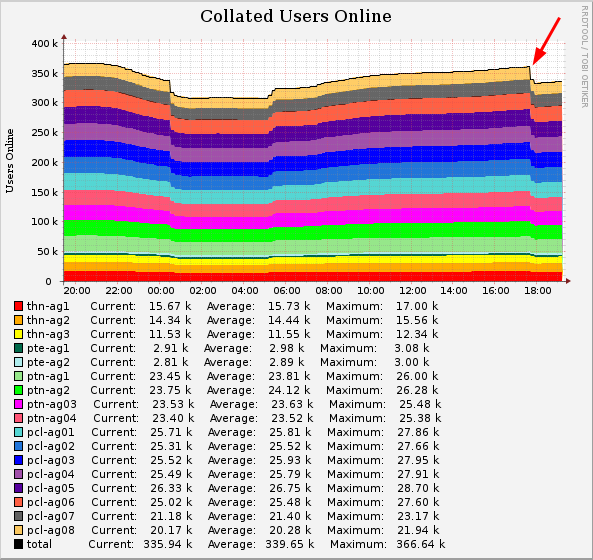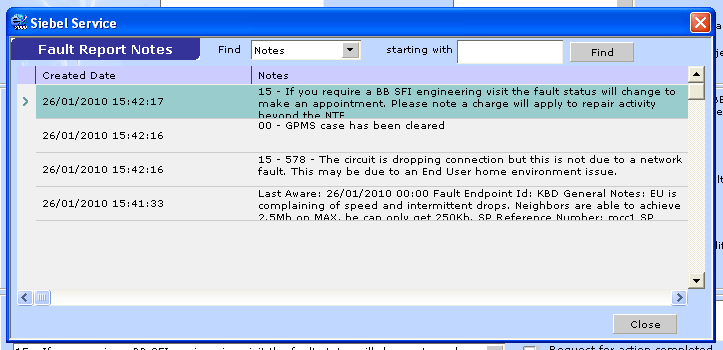There’s this great debate in the IPv6 world about how to chop up your allocation into assignments for your customers. Typically, most ISPs are being handed a /32, and general guidelines say to allow for a /48 per DSL/leased line/cable customer.
However a lot of people are asking, why not a /64? Quoted below is the sort of answer you’re likely to receive on NANOG, by one Mark Smith:
There are a variety of scenarios where customers, including residential, will benefit from having multiple subnets. They may wish to separate the wired and wireless segments, to prevent multicast IPTV from degrading wireless performance. They may wish to segregate the children/family PC from the adult PC network or SOHO network, allowing the subnet boundary to be an additional Internet access policy enforcement point. They’ll need separate subnets if they wish to use a different link layer technology, such as LoWPAN. They may wish to setup a separate subnet to act as a DMZ for Internet facing devices, such as a local web server for sharing photos with relatives. Game consoles may be put in a separate subnet to ensure file transfers don’t interfere with game traffic latency, using the subnet ID as a QoS classifier.
This answer is quite simply unrealistic. It’s the answer of a typical geek with no sense of perspective as to what the average consumer wants. It’s the opinion of what Mark Smith the network engineer and geek would want.
In the real world, most consumers of domestic internet services have absolutely no concept of IP addresses let alone subnetting, VLANs, segregation or quality of service. Most domestic networks are a single flat subnet with NAT to a single IP address and no servers that would require port forwarding, and rarely an IPTV system, but those are usually setup to use special triple-play routers configured by the ISP. Most domestic users just want to be able to plug stuff in and have it work.
Now, people will argue that there are more IPv6 addresses than there are atoms in the world. However that argument isn’t as good when you are assigning 1,208,925,819,614,629,500,000,000 IP addresses for just 2 or 3 devices. It’s a grossly inefficient waste no matter what you say. Not to mention that if you’re one of the big cable or DSL providers with millions of customers, it makes much more sense. Each barely used /48 that you throw out contains 256 /64’s.
As such, I personally am inclined to go for the default of a /64 per customer, but allow for a /48 should they need it. There is absolutely no point in issuing a /48 subnet to someone who is never ever going to use it… it’s just laziness, which is what got us into the current situation with IPv4 in the first place.

